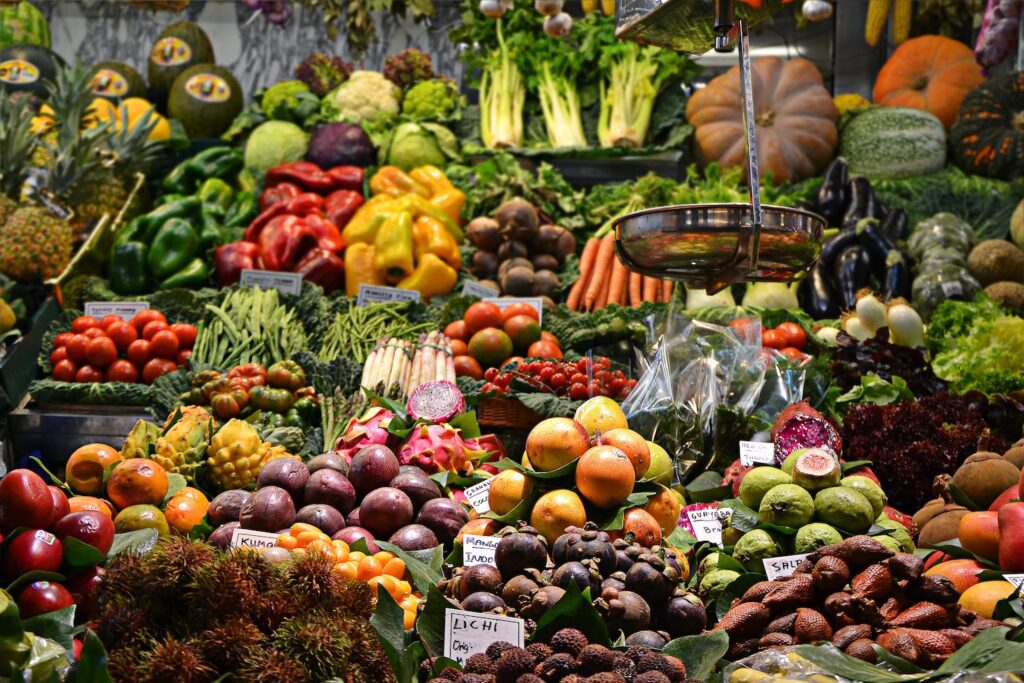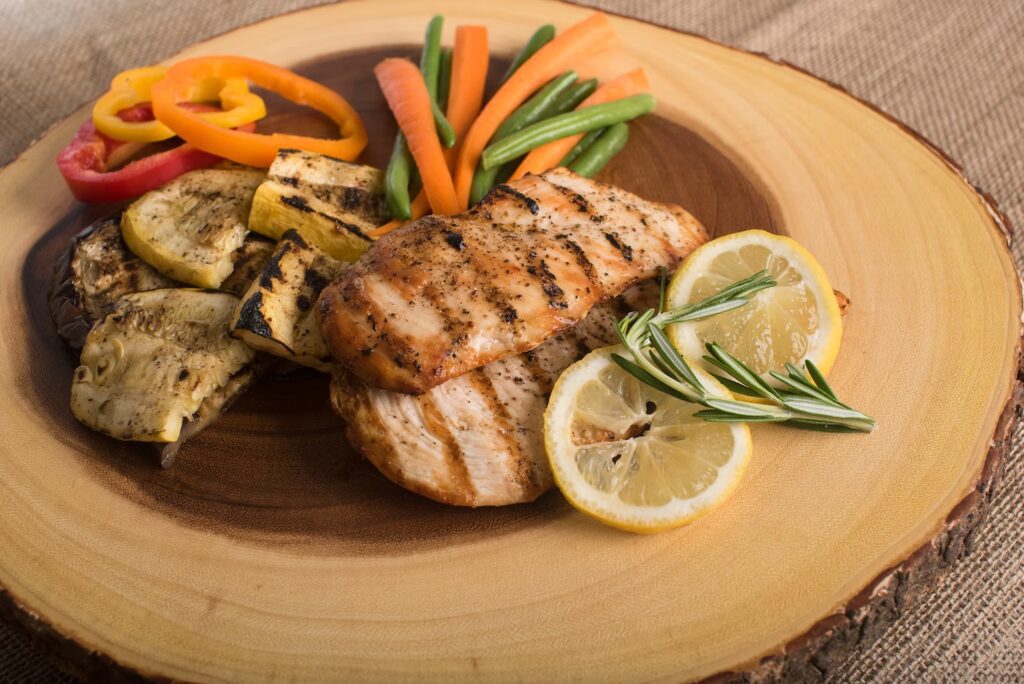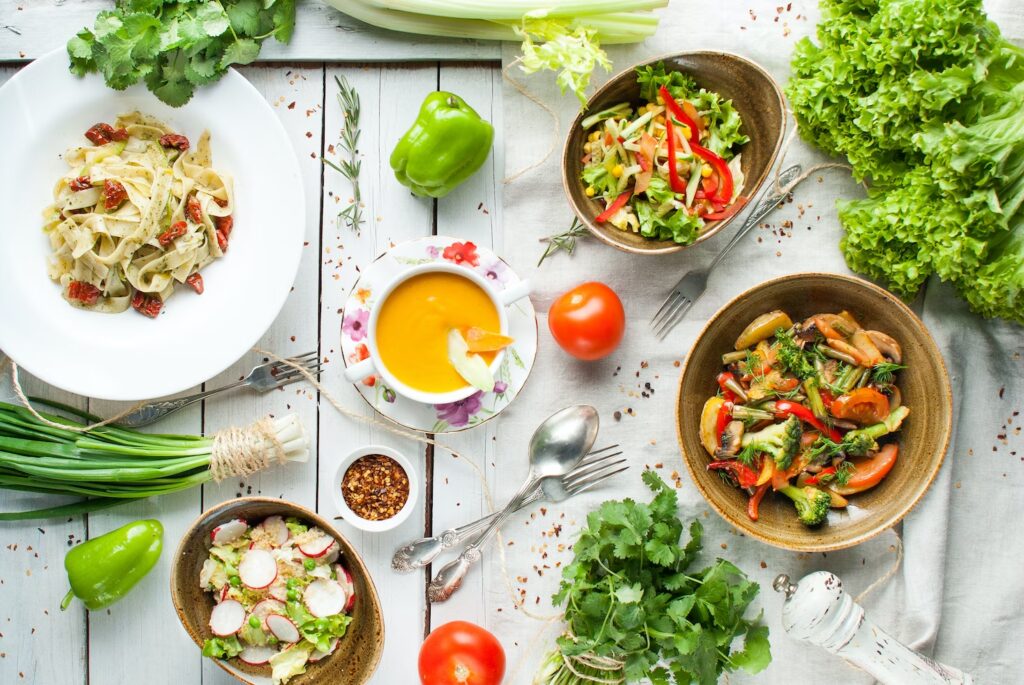Almost everyone has heard the saying, “You are what you eat”. Although it’s a cliché, it’s true: the food you eat directly affects your health.
There is a benefit to your hair, skin, muscles, bones, digestive system, and immune system. But in addition, the vitamins and minerals in food provide structure, function, and integrity to all cells. Food also influences mood, energy, health, performance and appearance.
We see this a lot in athletes, their dietary choices benefit them to some extent. So, certain foods can benefit everyone. Also, we can improve our metabolism, cleanse our skin and prevent disease.
Since food has power over health it has been thought to have a special place within medicine. It is now taught that dietary changes tailored to a patient’s needs can dramatically improve their quality of life.
According to the American Board of Medical Specialties, moderation or elimination of processed foods, regardless of age or health status, can be very beneficial in the long run.
It’s all about good habits in the long run: good food

Eating habits may be related to Alzheimer’s disease. We can reduce cognitive decline by up to 35% by following a healthy diet. A heart-healthy diet includes whole grains, green leafy vegetables, nuts, berries, beans and fish.
In fact, one can learn to reverse and prevent chronic diseases such as gastrointestinal diabetes and cardiovascular disease through diet.
There has been an increased use of food as medicine in Pittsburgh. The Allegheny Health Network created a healthy eating center, especially for chronically ill patients who cannot afford a nutritious meal.
Food pharmacies have also been set up in the United States. There they aim to transform the lives of their patients through education and support in acquiring nutritious food. So, in this way they will better control their health, with medicine that cannot be obtained through pills.
With this mix of food, education and technology, there will be a more positive impact on patients and their families.
13 easy changes to improve your diet

Our relationship with food has become quite skewed. From being a healthy sustenance for the body, it became a tool to relieve stress or to satisfy a stomach indulgence. But it’s time to change that.
Food is our body’s fuel. When we see them as medicine, we will begin to make healthier food choices, which will make us happier and more likely to avoid disease in the future.
The more small changes you make, the more likely you are to keep them up in the long run, until you lose weight.
Making healthy changes is not easy. Most people aim for unrealistic goals and cut out certain foods or entire meals to meet them, not knowing that they only lead to frustration.
Don’t give up if you’re having trouble making progress. Take things one day at a time, focus on what you can change today, right now. We have some tips to use in your daily meals.
Breakfast food
You could gradually get used to using low-fat milk. Switch to semi-skimmed milk if you use whole milk. Switch to 1% fat or skimmed if you use semi-skimmed.
You can save about 160kcal a week by drinking skim milk for your morning cereal.
1. Be sure to read labels to make the right choice

Many bowls of cereal have a lot of added sugar and salt. Added vitamins or whole grains do not guarantee that it is a healthy cereal. Don’t be fooled by commercial claims. Oatmeal with no added sugars is a good example of a whole grain cereal.
Be sure to check the product’s ingredients. Although nuts may seem high in sugar, they contain vitamins and fiber, which can help you reach your goals. Fresh fruit is also good, add it to a sugar-free cereal or porridge.
2. Healthier bread, toast and toppings

The nutritional value of whole-grain or multigrain bread is much higher than that of white bread. You can also choose reduced-fat spreads instead of butter, such as olive paste or light sunflower spread.
If you have a sweet tooth, try banana slices with ground cinnamon. Try a poached egg for a little extra protein. Also try grilled tomatoes or mushrooms for savory options.
Lunch food
3. There are not just Cheese sandwiches

America’s favorite lunch is the cheese sandwich.
Limit yourself to a matchbook-sized portion of cheese once in a while. Cheese is high in saturated fat, salt and calories. Reduced-fat cheese is an easy change, but check to see if it’s still high in sodium.
Consider trying other fillings for your sandwich. Use tuna or eggs with reduced-fat mayonnaise. Reduced-fat spread is better for your heart health than butter.
You’ll save about 50 calories if you use it on sandwiches and chips.
4. Swap chips for nuts and dried fruit

Try eating unsalted nuts for lunch instead of potato chips if you normally eat them.
Unsalted nuts provide additional nutrients, such as iron and zinc, that are not found in salted nuts. Despite their high fat content, both chips and nuts are high in salt.
Try carrot sticks if you are watching your weight. Nuts are high in calories, but provide plenty of nutrients as well.
5. Add fruit and vegetables

Include vegetables and fruits as part of your five meals a day. These foods give you a lot of extra nutrients.
Think about what vegetables you would like if you are not a fan of vegetables. For an easy side dish, heat up peas or corn or add a salad to your meal.
To satisfy your craving for something sweet afterward, try having berries or bananas. By skipping the butter in your meals, you save a lot of calories.
6. Choose lean meat

Meat varies in its fat content. If you want to reduce your saturated fat intake, choose lean or lower-fat versions of ground beef or sausages. Also, grilling meat and removing the skin are excellent ways to reduce fat intake.
7. Include meatless options

You can reduce your saturated fat intake and add more healthy fiber to your diet with plant-based alternatives to meat two or three times a week.
It is also heart-healthy to switch from meat to fish.
8. Healthier pasta
To lose weight it is not necessary to eliminate pasta. Use tomato-based sauce and whole-grain pasta.
If you want cheese, limit it to a small amount sprinkled on top. Add as many vegetables as possible. This way, you will get more fiber and less saturated fat.
Portion sizes should be one-third of total food intake. So, carbohydrates should make up one-third of your diet.
9. Add good food: vegetables to your most frequent meals

Not only do you have to eliminate things to have a healthy diet, you also have to add them. Add vegetables to your life.
Discover the best way to cook new vegetables by experimenting with different ways to prepare them.
The fiber, vitamins and minerals in vegetables help reduce the risk of heart disease and circulatory problems. They will also help you stop eating between meals by making you feel satiated with them.
Drinks
10. Coffee and hot chocolate in a healthy diet?

Try a cappuccino or a coffee with skimmed milk. If you prefer, try an Americano with low-fat milk or a filter coffee.
Do not cover hot chocolate with whipped cream. If possible, use skim milk. When preparing hot chocolate, use unsweetened cocoa.
11. Omit sugar in hot drinks
You would reduce a lot of sugar intake per year if you replace sugar in tea or coffee with a low-calorie sweetener. Sweeteners taste different, experiment to find your favorite.
Reduce sugar in fresh beverages, too, gradually. Although it may be hard at first, you will eventually get used to a less sweet taste. It’s pretty sure you won’t miss it.
12. Don’t abuse fruit juices

The juicing process releases the natural sugars from the fruit cells. Therefore, juices are high in “free sugars”.
If you want to drink water, limit yourself to a small glass (150 ml). Or better, enjoy a whole piece of fruit with your drink.
Replace sugary and fizzy drinks with their no-sugar-added or diet versions.
13. Good food: The smallest changes add up
Make a big difference by sticking to small changes.
Even losing 0.25 kg (0.5 lb) a week can mean half a kilo in three months, or two kilos in a year. These are good percentages if you want to lose weight. Also, losing 0.5 to 1 kg (0.5 to 1 lb) per week is a reasonable goal. Don’t set your sights on losing a certain amount. Weight loss is good if it is done slowly and under healthy standards.
We have a hard time sustaining big changes. Small ones, on the other hand, have more impact in the long run. Don’t be discouraged if you only manage to save a few calories with a single change: small changes add up.
If you use skim milk in your cereal, you can save 8,320 kcal in a year. You can lose or avoid about 1 kg of fat.
Five days a week, eating a sandwich with reduced fat spread instead of butter will save you 13,000 kcal, more than 1.7 kg (3.5 lb).
Drinking a coffee with skim milk means 90 kcal less. In one year, you will save 23,400kcal, more than 3kg (6.5lb) of weight.
With these three changes you can lose 5.7kg (12lb). And they are very easy to follow.
What is the goal of these changes in your food?

We consume more saturated fat, sugar and salt than recommended. At the same time, we don’t eat the recommended five servings of fruits and vegetables a day and two servings of fish a week.
The increase in obesity suggests that people consume more calories than they burn with physical activity.
The amount of sugar in your diet affects the amount of energy you consume. As a result, you can eventually develop obesity and associated diseases, such as coronary heart disease and diabetes.
You can lower your cholesterol level by reducing your intake of saturated fats. A reduction in fats will help you control your weight because fats have a high caloric content.
Fiber helps keep your digestive system healthy and keeps you satiated longer. It is found in whole grains, legumes, fruits, and vegetables.
It is possible to reduce cholesterol levels by consuming soluble fiber, such as that found in legumes and oats. We should further increase our fiber intake to improve our health.
But it’s all about small steps to get big results.
So, if you learned more about eating healthy, read more at Essential Medical Clinic:
What is a medical history and what is it for? | Get your medical history
Why should you worry about genetic diseases? | How do genetic disorders affect people?


